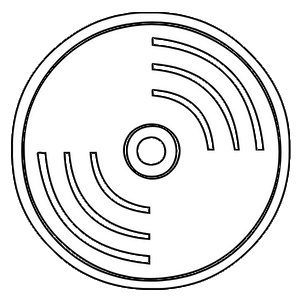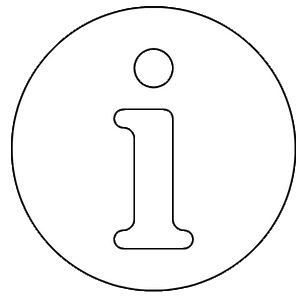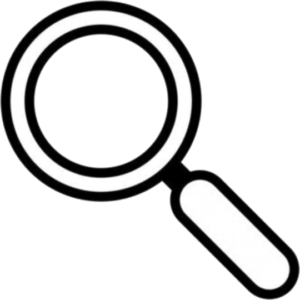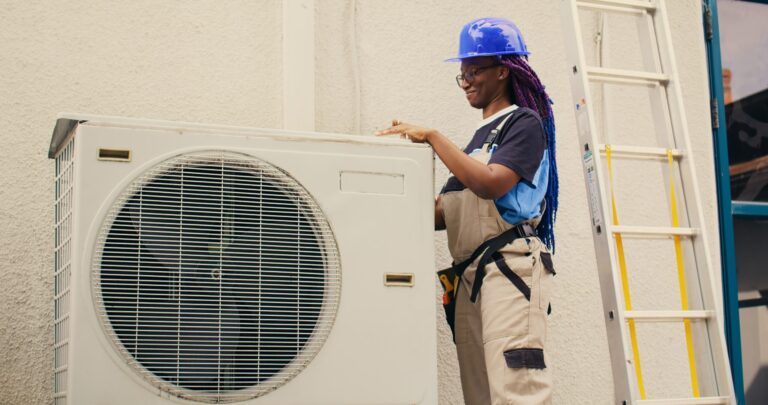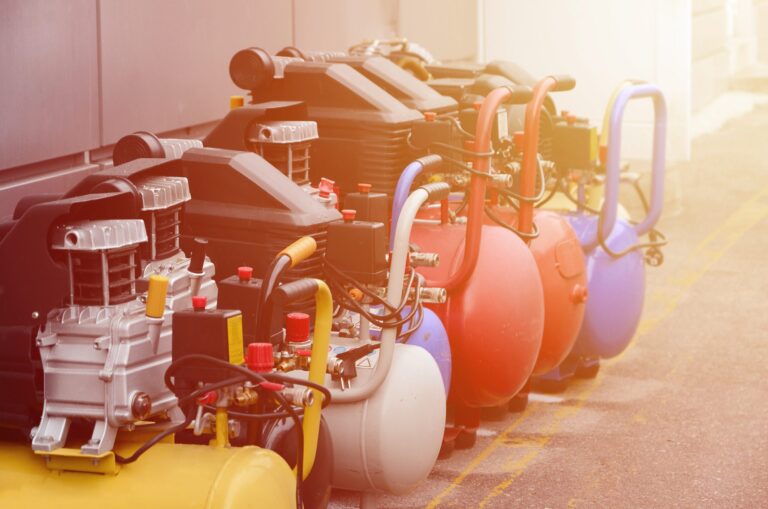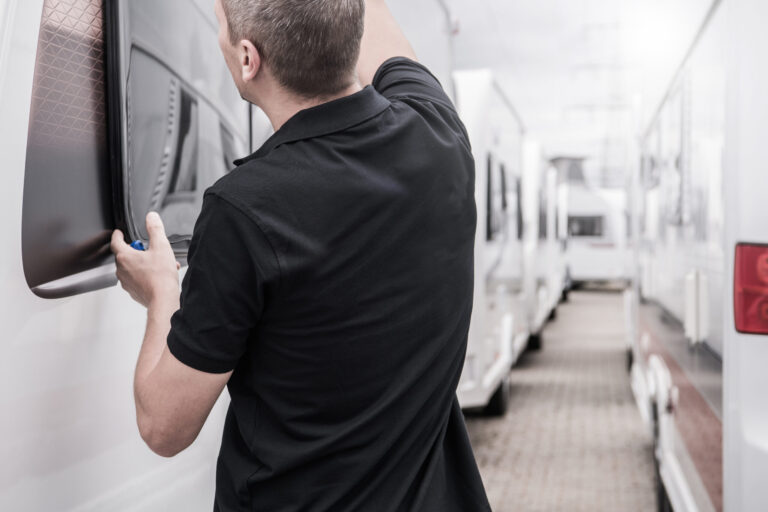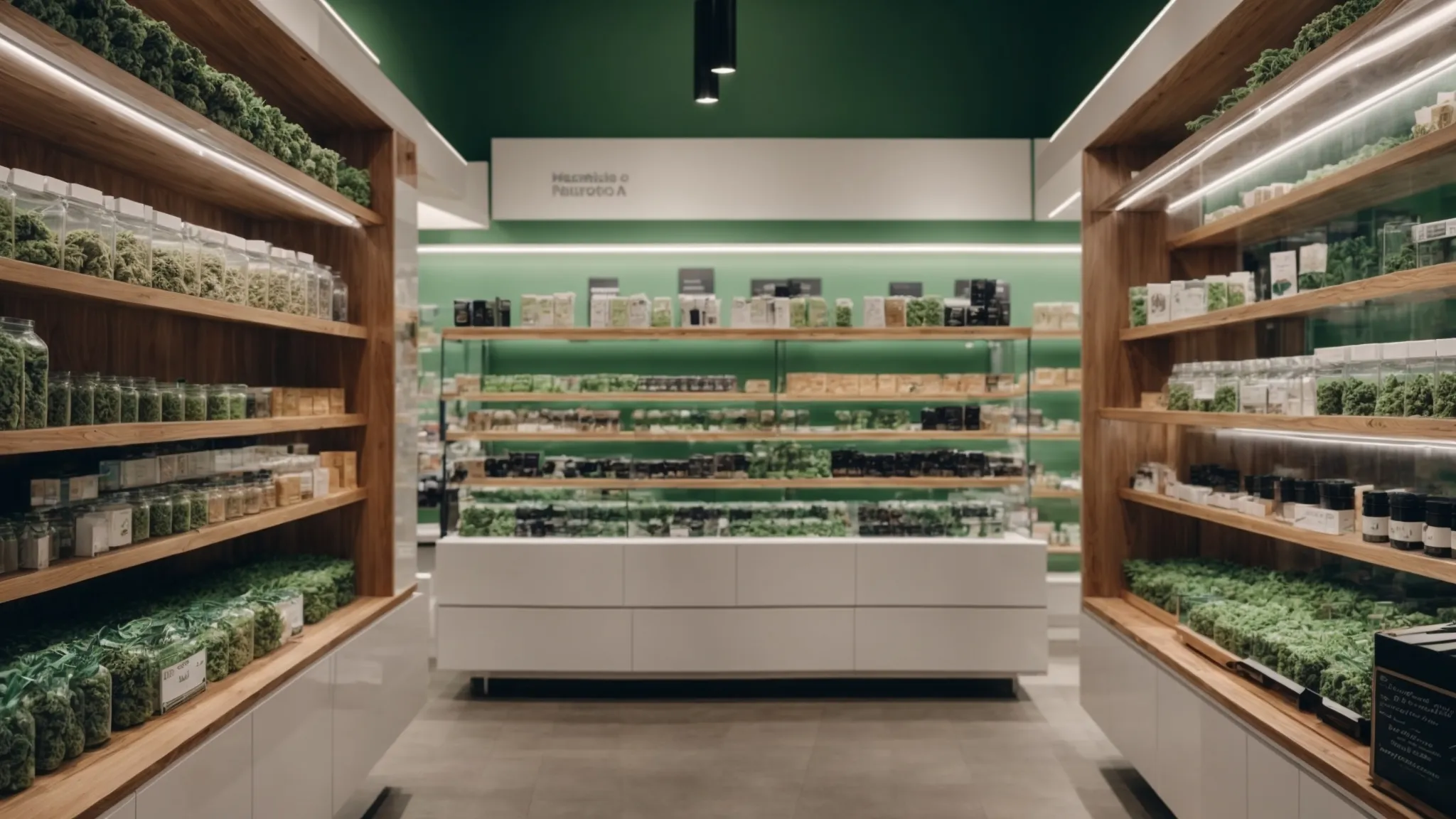Entering the world of podcasting can seem incredibly daunting. There’s so much to learn: equipment to procure, software to master, content to create, and an audience to build. But there’s also a great deal of potential for fun, satisfaction, and even profit. With this guide, we hope to demystify the process of creating your own podcast and get you started on the path to becoming a successful podcaster. Whether your interests lie in comedy, news, storytelling, education, or any other topic under the sun, there’s a place for your voice in the podcasting sphere. Keep reading to find out how to start your own podcast.
Understanding the Basics of Podcasting
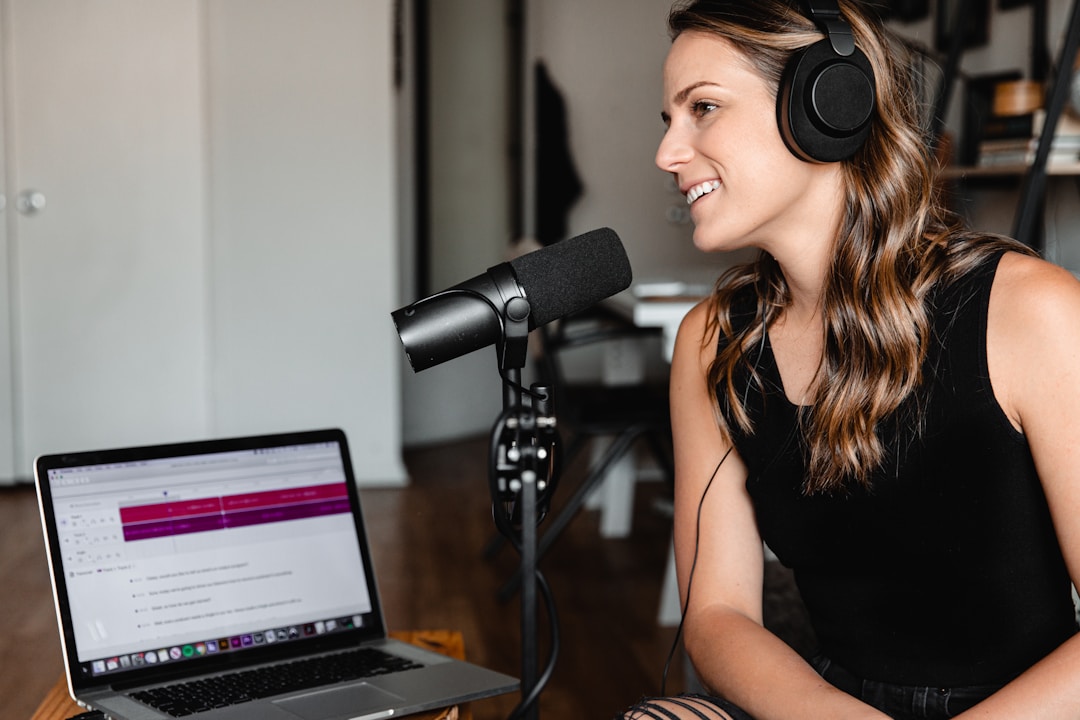
Before diving into the nitty-gritty details of starting a podcast, it’s important to build a solid understanding of the medium itself. Podcasting is a specialized form of broadcasting where digital audio files, usually in spoken word formats, are released episodically online. These files can be downloaded or streamed directly by listeners on various devices such as computers, smartphones, or smart speakers. Podcasts offer a unique platform for individuals and organizations to share their thoughts, ideas, and stories with a potentially global audience.
The first step to starting a podcast is deciding on the format and content. Will it be a solo show or a multi-host show? Will you be conducting interviews, discussing news, telling stories, or providing instructional material? These decisions help shape the tone and style of your podcast and provide the guiding principles for creating individual episodes. The subject matter should be something you are passionate about, as this translates into engaging and compelling content for your listeners.
Podcasts also provide a level of convenience and accessibility that makes them appealing to busy individuals. They can be consumed while commuting, working out, cooking, or during any other activity that doesn’t require full visual attention. This unique aspect of podcasting means that your content can reach audiences even in the midst of their day-to-day activities, increasing your potential listener base.
Equipment and Software: What You Need to Get Started
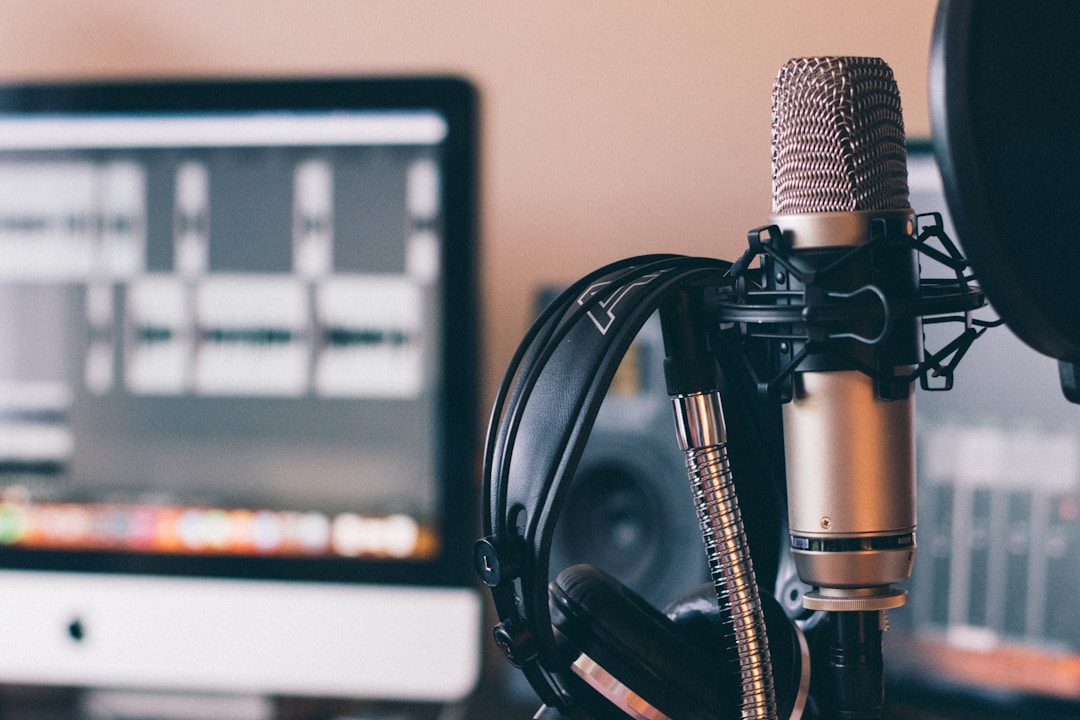
In order to produce a high-quality podcast, investing in good equipment is essential. While it is possible to create a podcast with basic tools, such as a smartphone or computer microphone, upgrading to professional equipment can greatly enhance the overall sound quality and listener experience.
At the very least, you will need a decent-quality USB microphone, headphones, and a computer or other recording device. Sound quality is an important factor in keeping listeners engaged, so investing in a good microphone is crucial. So, what is the best recording microphone? There are several types of microphones that will help you produce a good podcast. It is recommended to opt for a condenser microphone as they are highly sensitive and capture a wide range of frequencies. They are also known for their ability to pick up even the subtlest nuances in your voice.
As far as software is concerned, you will need a digital audio workstation (DAW) to record and edit your podcast episodes. Many free and paid options are available that cater to all levels of expertise, such as Audacity, GarageBand, and Adobe Audition. Once your podcast is recorded and edited, you’ll need to convert it into an MP3 file for upload. You’ll also need to consider how to create and maintain a website where your podcasts can be accessed and downloaded, though many podcast hosting services provide a basic site as part of their packages.
While we’ve covered the essentials, there are many other equipment and software options available to enhance the quality of your podcast. These include pop filters, soundproofing, mixers, portable recorders, and other accessories. Take the time to research these options and find what suits your needs and budget as you grow and evolve as a podcaster. To find quality microphones, you can turn to a site like MusicianNerd for professional reviews and suggestions.
Recording and Editing: Tips and Techniques
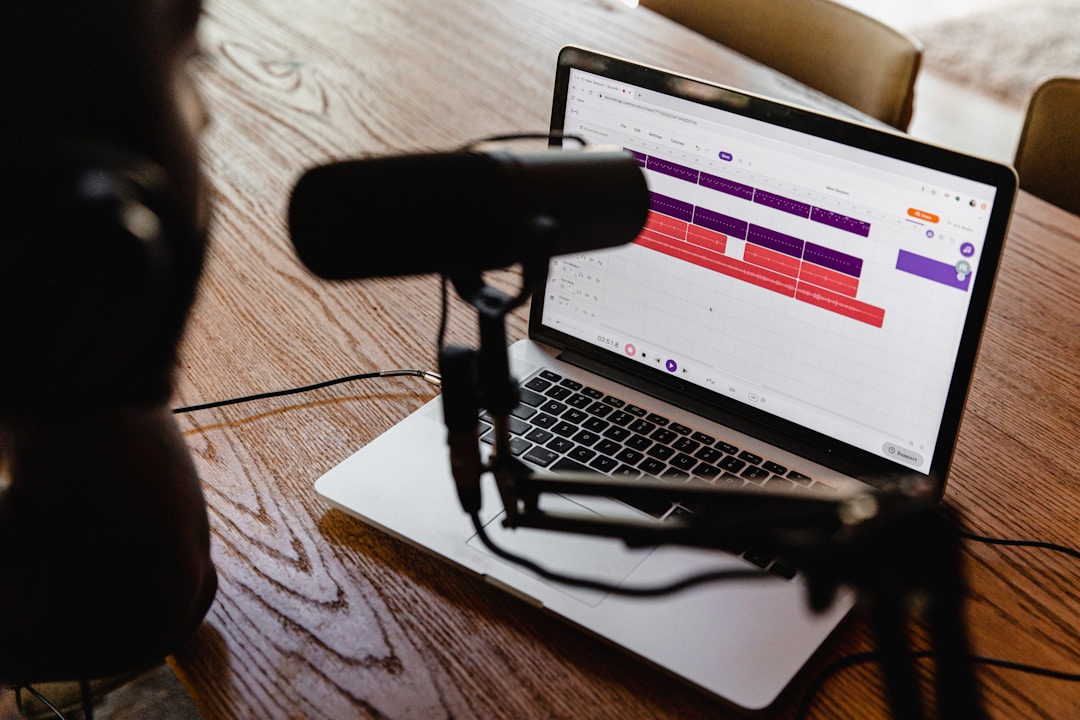
Once you have your topic, format, equipment, and software sorted out, it’s finally time to start recording your first podcast episode. Having a clear plan for each episode helps you stay on topic and ensures a smooth recording process. Once you have your material ready, find a quiet and echo-free room and begin recording. Try to deliver your content naturally and conversationally, as if speaking to a friend. Remember, practice makes perfect – don’t be disheartened if your first few attempts don’t go as smoothly as you’d like.
After recording, it’s time to edit your podcast. This involves trimming unnecessary parts, removing unwanted sounds, and enhancing your audio quality. It may seem challenging at first, but with patience and practice, you can master the basics of audio editing and produce professional-sounding episodes. Keep in mind that perfection is not the goal here – we all make mistakes, and sometimes these can make your podcast feel more authentic and relatable to your audience.
A key part of editing is also adding intro and outro music to each episode, as well as other elements like sound effects or sponsor messages where appropriate. This can enhance your podcast’s production value and helps to set the tone for your content.
Hosting and Distribution: Reaching Your Audience
Now that your podcast episode is ready, it’s time to share it with the world. You’ll need a podcast hosting platform to store your audio files and create the RSS feed required for distribution to podcast directories like Apple Podcasts, Spotify, Google Podcasts, and others. Some hosting platforms even allow you to schedule episodes in advance, provide listener analytics, and offer monetization options.
Choosing the right host is crucial, as this will influence how easily your listeners can access your content and how your podcast performs in terms of downloads and listener statistics. Consider factors such as cost, storage limits, customer service, and additional features when choosing a podcast host.
Don’t forget to promote your podcast via social media, email newsletters, your website, and other channels. Encourage listener interactions by asking for reviews and ratings, engaging with listener feedback, and including calls-to-action in your episodes, such as asking listeners to subscribe or share your podcast with others.
Maintaining Consistency and Quality
Maintaining consistency in terms of release schedule and content quality is key to keeping your audience engaged and encouraging them to listen to your podcast routinely. Try to release episodes in consistent intervals so that your listeners can anticipate the next installment. Creating a buffer of pre-recorded episodes can be helpful in sticking to a consistent schedule.
The quality of your podcast is also crucial, including both the content quality and the audio quality. Regularly review your episodes for improvements, ask for feedback from listeners, and be ready to adapt and evolve your podcast as necessary. Remember that your podcast will improve over time; don’t be too hard on yourself in the early stages, and instead, focus on learning and improving.
In the world of podcasting, content is king. Keep your listeners coming back for more by delivering engaging and unique content that they can’t find elsewhere. Try to bring fresh perspectives, insights, or information to each episode of your podcast.
Altogether, starting a podcast is an exciting venture that can bring varied rewards. While it takes time, commitment, and creativity, the ability to connect with an audience on a personal level, to talk about what you are passionate about, and maybe even earn a bit of profit is well worth the effort. So equip yourself with the right tools, knowledge, and attitude, and get ready to embark on your podcasting journey.



